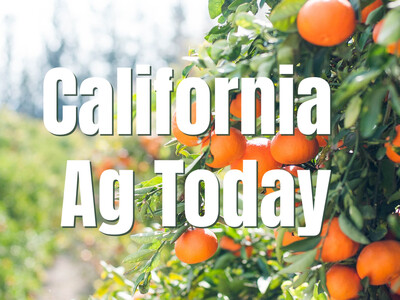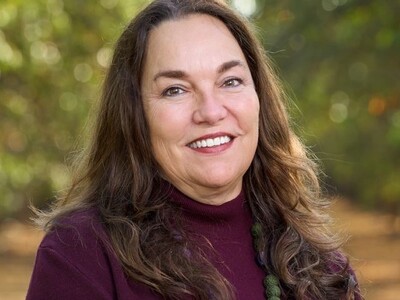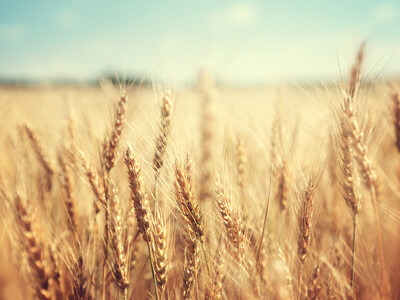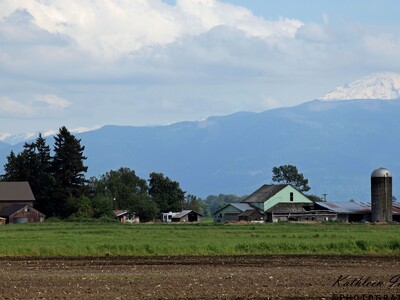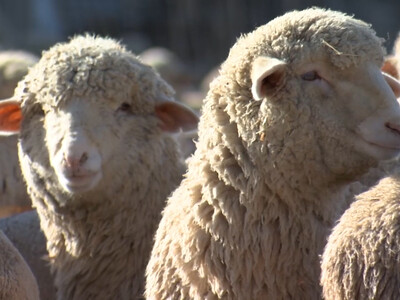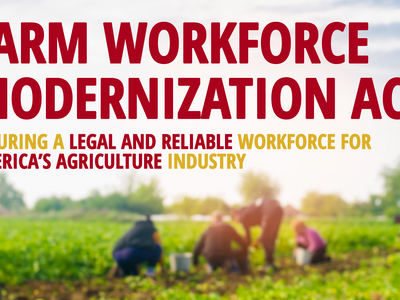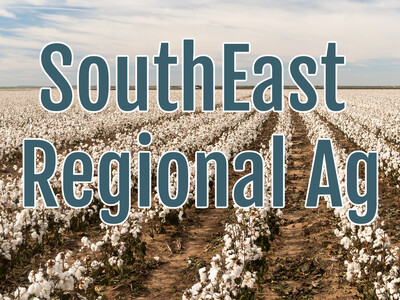Wildfire Plan
The Bureau of Land Management says this summer they're teaming up Owyhee County ranchers to help stop the threat of wildfires on the Owyhee Range.This is a major policy shift because for decades environmental groups have lobbied the BLM in an effort to get cattle off the range. They claimed grazing was destructive to habitat. Range managers and ranchers think that grazing reduces fuel load and reduces wildfire damage.
Rancher Ted Blackstock says his operation was able to return cattle to three-quarters of his allotments.
"We were happy to get back on the range. In fact, we were able to use some of the allotments this past fall. But there's still a few allotments this spring that we can't use, but the majority of them we can use and after trucking cattle the past couple of years, we hope to cut those costs," said Blackstock.
Cindy Fritz of the BLM says rehabilitation of the range came back faster than expected.
"Our seeding did well this past spring and we're seeing much better results than what we expected. Everything worked and we had favorable responses from our treatments and I'm pleased for the most part," said Fritz.
The Soda fire burned 84 pastures on 40 different grazing allotments. The BLM says the majority of the devastation occurred in Owyhee County southwest of Boise, but it burned all the way to Jordan Valley area in Eastern Oregon.
The BLM started the targeted grazing project to stop catastropic wildfire. It's a five-year experiment taking place on the scorched range where the Soda Fire burned on the Owyhee Front three years ago. The BLM wants to see if cattle grazing can be used to provide fuel breaks on the range to stop long runs whipped by winds on the range and give firefighters a chance to knock the flames down.
The Soda Fire burned more than 450 square miles on the Owyhee Range and after three years the range is still recovering and it's a process that could decades.
"We're looking at fuel breaks on the range and if we do have a fire, another fire in the Soda fire area we can keep it as small as possible," said Ben Sitz with the BLM.
For the past three years, BLM has mowed, planted, and applied herbicide that helps builds fuel breaks. This year ranchers will add cattle to mix, using targeted grazing along roads and natural terrain features to build breaks that will stop catastrophic wildfire runs.
"We're teaming up with Owyhee Front ranchers to utilize cattle that are already on the landscape to help us put fuel breaks in," added Sitz.
Ranchers have grazed the Owyhee range for decades but this BLM sponsored project allows a much longer grazing period and is much more flexible. Right now its the only project like it in Idaho.
"Everyone wants to see how this works out, There are other districts want to see what happens on the Owyhee," said Sitz.
Right now cattle are grazing on green cheatgrass, that is coming up fast and thick, if not grazed now the fuel load will build up to dangerous levels, and be flash fuels for wildfires. Ted Blackstock who had cattle on the range during the Soda fire, will graze his cattle along a 30-mile front. He started in March and will keep them on the range until the end of June.
"We're happy to get at the cheatgrass early, its good feed while it's gree and we're turning cheatgrass into a beefsteak its a win-win situation for both of us," said Blackstock.
The targeted grazing areas will stretch: 200 feet on both sides of Owyhee County roadways and motorists will see more cattle out there than they normally do.






